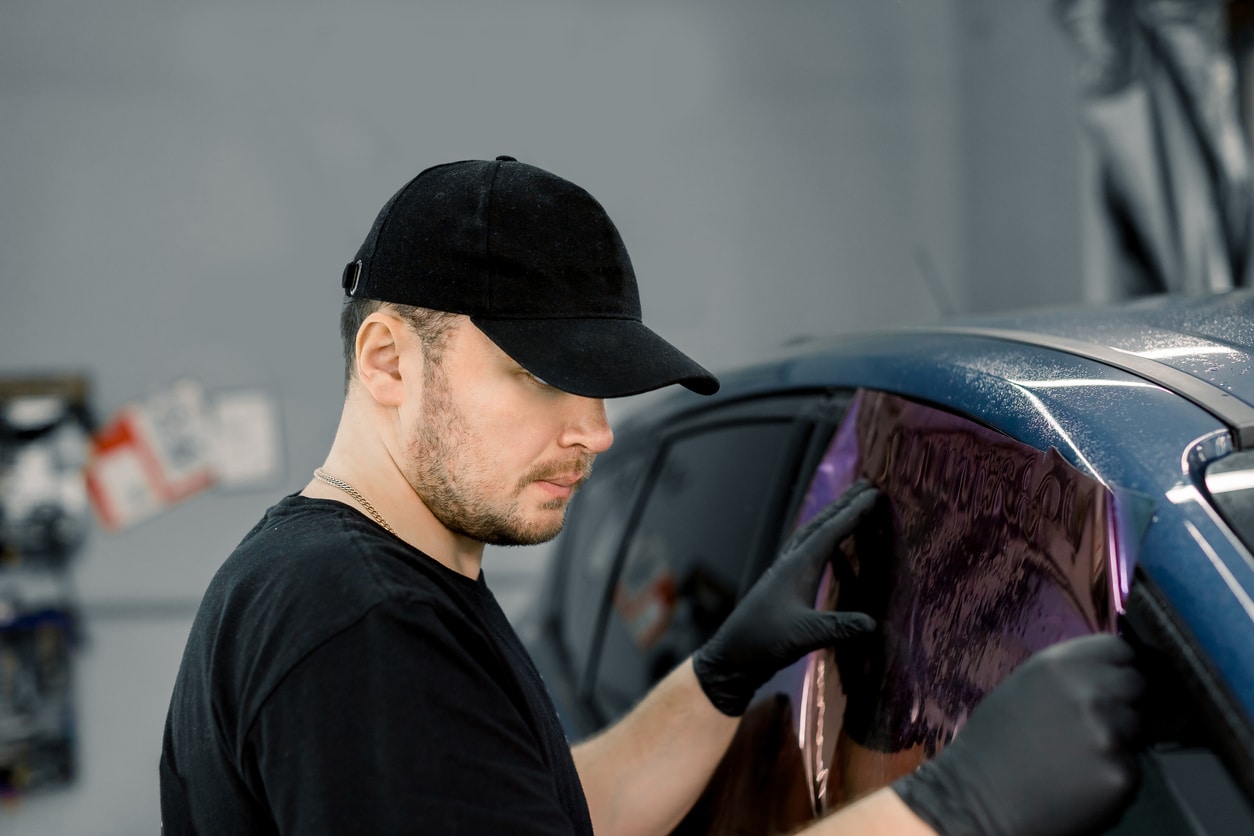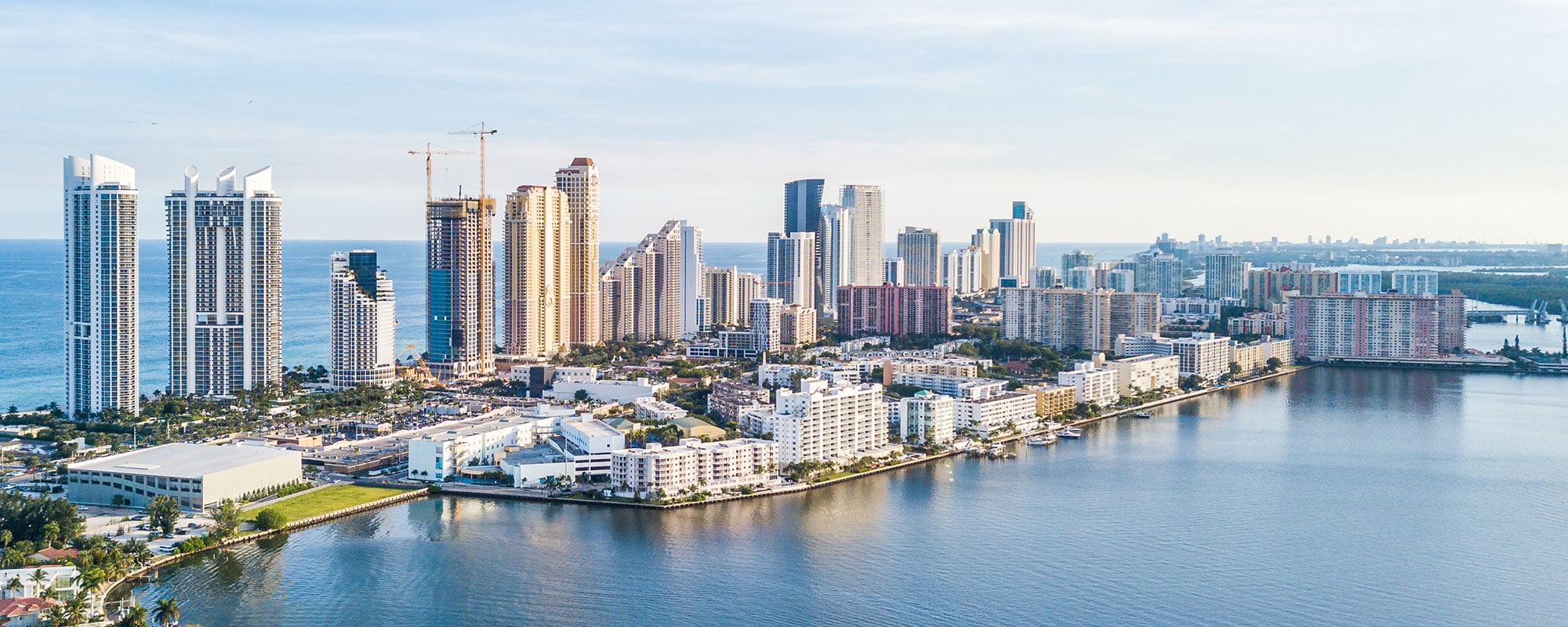What Is Considered Legal Tint in Florida?
Gregg Hollander | October 29, 2024 | Florida Law
NOTE: Our law firm does not handle Window Tint cases. This article is for informational purposes only. Information found in the article does not constitute as formal legal advice and does not create an attorney/client relationship

Florida earned the nickname The Sunshine State for a good reason. Statistically, our beautiful state experiences 237 days of total or partial sunshine each year, at least 30 more days than the national average. Direct sunlight can make driving difficult, as well as the glare that sunlight can create off the road or other surfaces. And cars left outside on warm sunny days can send the temperatures inside your car soaring.
It is no wonder, then, that window tinting is a popular option for trying to mitigate the damage and difficulties caused by the sun. However, Florida has very specific laws that govern the amount and type of legal tint in Florida that can be applied to your vehicle’s windows. Failing to follow these requirements can lead to a ticket and fines.
What Is the Legal Limit for Tint in Florida?

Window tint is expressed in terms of a percentage. The percentage refers to the amount of light that the tint allows to pass through the window. The higher the percentage, the more light that will come through your window and the less dark the window will be. Conversely, the lower the percentage, the darker the window tint will be.
Florida tint laws permit drivers to place non-reflective tint above the manufacturer’s AS-1 line on vehicle windshields. The AS-1 line is approximately four inches below the top of the windshield and runs parallel with the top edge.
Legal tint in Florida is not permitted anywhere else on the windshield, no matter the percentage.
What Is the Legal Tint in Florida for Side and Rear Windows?
Cars and larger vehicles, such as SUVs and vans, have different limits regarding window tint on the side and rear windows. For cars, the front side windows must let in at least 28% of visible light. The rear side windows and the rear windshield each must let in at least 15% of visible light.
For SUVs and vans, front side windows must also allow at least 28% of visible light to pass through. The rear side windows and rear windshield can be significantly darker, allowing only at least 6% of light to pass through.
Florida tint law also imposes a limit on how reflective the window tint can be. The higher the percentage, the more light that will be reflected by the tint. This can help reduce glare and heat buildup in the vehicle.
The law permits front side windows for both cars and SUVs to be no more than 25% reflective and rear side windows for both cars and SUVs to be no more than 35% reflective.
Other Florida Window Tint Law Requirements
Florida has additional limitations on the type of tint that can be applied to vehicles. If the back windows of a vehicle are tinted, then the vehicle must be equipped with dual side mirrors. In addition, a sticker that identifies the amount of tint and shows that it is legal must be applied to the inside of the driver’s door jamb.
Penalties in Florida for Window Tint Violations – How Much Is a Tint Ticket?

Gregg M. Hollander, Boca Raton, FL Personal Injury Attorney
Florida police officers and law enforcement may pull vehicles over if it appears that the window tint is too dark and violates Florida tint law. Officers will use a specialized handheld meter to determine how much light your tint allows to pass through. If this meter shows your tint is too dark, the officer may write you a ticket.
Each window that is found to violate the law may result in a separate ticket or infraction. Under the most recent tint laws, the cost of having a window that is in violation of Florida tinting laws is $116.00. In Florida, window tint violations are considered non-moving violations and do not result in any points being added to your driving record.
What if Window Tinting Contributes to a Car Accident?
Illegal window tinting can not only result in an expensive ticket, but it may also impact your ability to recover compensation in the event of a car accident. An experienced Florida car crash injury lawyer can evaluate your specific situation if you or a loved one are involved in a car wreck with a vehicle that has tinted windows in violation of Florida tint laws.
Contact Our Car Accident Law Firm in South Florida
If you’ve been injured in an accident involving a vehicle with illegally tinted windows, please contact our experienced personal injury attorneys in West Palm Beach, Boca Raton, and Fort Lauderdale at Hollander Law Firm Accident Injury Lawyers to schedule a free consultation today. We have three convenient locations near you in Boca Raton, Fort Lauderdale, and West Palm Beach.
We proudly serve Palm Beach County, Broward County, and its surrounding areas from these locations:
Hollander Law Firm Accident Injury Lawyers – Boca Raton Law Office
7000 W Palmetto Park Rd #500
Boca Raton, FL 33433
(561) 677-2795
Hollander Law Firm Accident Injury Lawyers – Fort Lauderdale Law Office
200 S.E. 6th Street #203
Fort Lauderdale, FL 33301
(954) 231-2320
Hollander Law Firm Accident Injury Lawyers – West Palm Beach Law Office
319 Clematis St #203
West Palm Beach, FL 33401
(561) 556-2813
